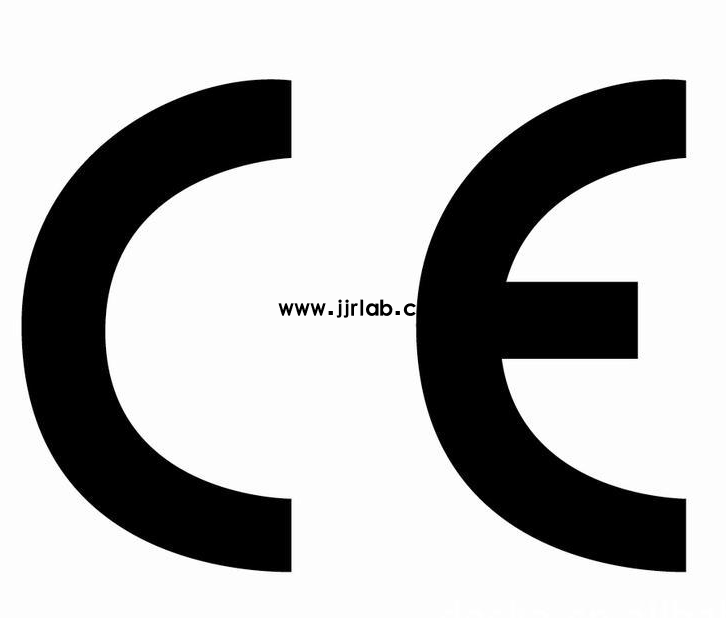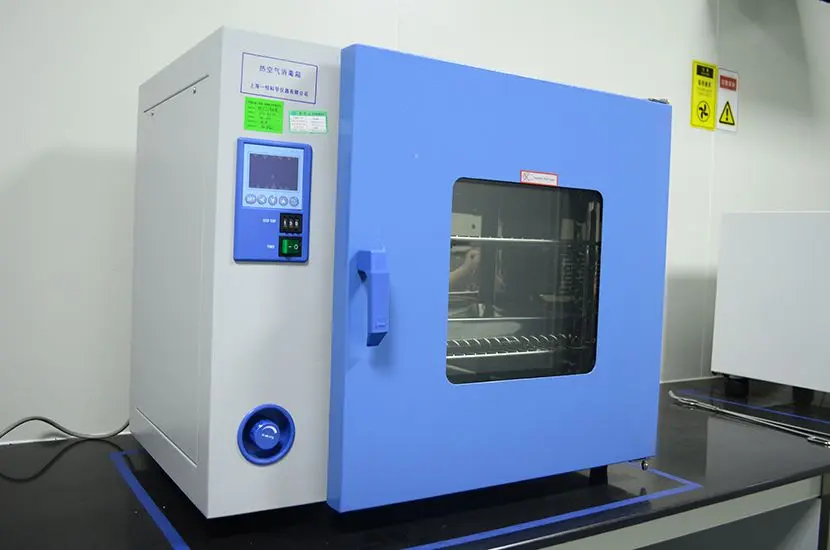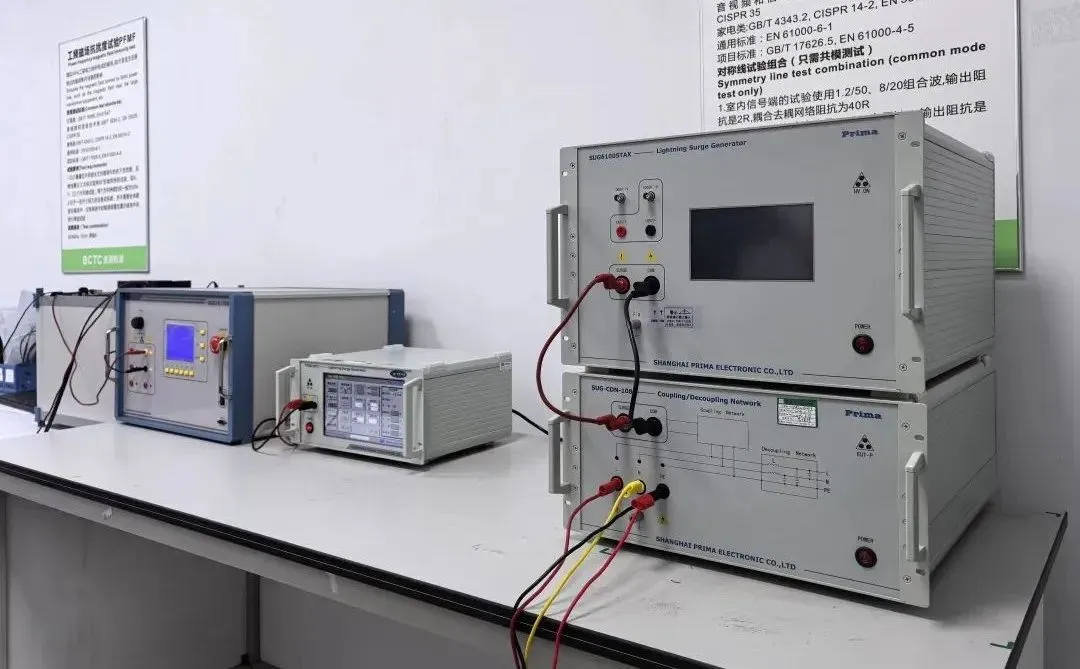
What is RoHS Compliant Certification?
RoHS, an abbreviation for Restriction of Hazardous Substances, is a mandatory standard established by the European Union. The fULl title of the directive is "Directive on the restriction of the use of certain hazardous substances in electrical and electronic equipment". Officially implemented on July 1, 2006, this directive aims to regulate the materials and processes used in electronic and electrical products, making them safer for human health and the environment. Its primary goal is to eliminate six hazardous substances, including lead (Pb), mercury (Hg), cadmium (Cd), hexavalent chromium (Cr VI), polybrominated biphenyls (PBBs), and polybrominated diphenyl ethers (PBDEs). For instance, the lead content is strictly limited to no more than 0.1%.
The RoHS Directive
On February 13, 2003, the European Parliament and the European Council published the Waste Electrical and Electronic Equipment Directive (WEEE Directive) and the Restriction of Hazardous Substances Directive (RoHS Directive) in their official journal. These directives encompass ten categories of products under hazardous substance control and recycling management, covering 102 product types. The first seven categories are primarily electrical and electronic products exported by China. They include:
1. Large household appliances
2. Small household appliances
3. IT and telecommunication equipment
4. Consumer equipment
5. Lighting equipment
6. Electrical and electronic tools
7. Toys, leisure, and sports equipment
On December 3, 2008, the European Union issued amendments to the WEEE Directive (2002/96/EC) and the RoHS Directive (2002/95/EC) to simplify and clarify the legal framework. Key updates to the RoHS Directive include:
1. Revised legal terminology to clarify scope and definitions.
2. Introduction of ce marking and EC declarations of conformity.
3. Gradual inclusion of medical devices, monitoring, and control instruments.
4. No changes to the six restricted hazardous substances but prioritized evaluation of four additional substances for possible future inclusion: Hexabromocyclododecane (HBCDD), BIS(2-ethylhexyl) phthalate (DEHP), Benzyl butyl phthalate (BBP), and Dibutyl phthalate (DBP).
The New European Directive
The revised RoHS Directive, 2011/65/EU, identifies six restricted substances: lead, cadmium, mercury, hexavalent chromium, PBBs, and PBDEs.
Scope of RoHS
This directive applies only to new products launched on the market after July 1, 2006, including incandescent household lamps and light sources. It excludes specific categories, such as medical devices, monitoring equipment, spare parts for products released before the directive's implementation, and reused products already on the market.
Restricted Toxic Substances
1. Heavy metals:
- Lead (Pb)
- Mercury (Hg)
- Cadmium (Cd)
- Hexavalent chromium (Cr VI)
2. Certain brominated flame retardants:
- Polybrominated biphenyls (PBBs)
- Polybrominated diphenyl ethers (PBDEs)
3. Maximum Concentration Limits:
- Cadmium: 0.01% (100 ppm)
- Lead, Mercury, Hexavalent Chromium, PBBs, PBDEs: 0.1% (1000 ppm)
Testing Principles
Under the RoHS Directive, third-party testing agencies assess the materials of a product to detect hazardous substances. Testing generally involves:
1. Metal materials: Tested for cadmium (Cd), lead (Pb), mercury (Hg), and hexavalent chromium (Cr VI).
2. Plastic materials: Tested for the same heavy metals as above, as well as brominated flame retardants (PBBs, PBDEs).
3. Packaging materials: Analyzed for heavy metals per the 94/62/EEC directive.
Motivation for RoHS
In 2000, harmful heavy metals in electrical and electronic equipment were highlighted when cadmium was found in game console cables in the Netherlands. Common production materials like solder and ink often contain lead and other hazardous substances.
Implementation Date
The RoHS Directive came into effect on July 1, 2006, prohibiting the sale of electrical and electronic equipment exceeding hazardous substance limits in the EU market.
Applicable Regions
The directive applies to all 27 EU member states, including France, Germany, Italy, the Netherlands, Belgium, Luxembourg, and others. It covers electronic and electrical products operating under AC 1000V or DC 1500V, including household appliances, IT equipment, lighting, tools, toys, medical devices, and more.
ROHS certification Process
1. Step 1: The client provides product images, a BOM list, and an application form.
2. Step 2: The lab provides a quote based on the supplied information.
3. Step 3: After confirming the quote, the client signs the application form and service contract, pays the project fee, and prepares test samples.
4. Step 4: The client ships samples to the lab for testing.
5. Step 5: Upon successful testing, the certification and test report are issued to the client for review. Final certificates are then provided upon confirmation.
Email:hello@jjrlab.com
Write your message here and send it to us
 European Authorized Representative for Medical Dev
European Authorized Representative for Medical Dev
 Low Voltage Testing Services
Low Voltage Testing Services
 Constructive Playthings Foam Block Toys Safety Sta
Constructive Playthings Foam Block Toys Safety Sta
 Prop 65 Textile Testing
Prop 65 Textile Testing
 Environmental Testing for Electronic Products
Environmental Testing for Electronic Products
 Food Packaging Testing Laboratories
Food Packaging Testing Laboratories
 What is CE Certification for Electrical Equipment?
What is CE Certification for Electrical Equipment?
 Requirements for EAC Declaration of Conformity (Do
Requirements for EAC Declaration of Conformity (Do
Leave us a message
24-hour online customer service at any time to respond, so that you worry!




